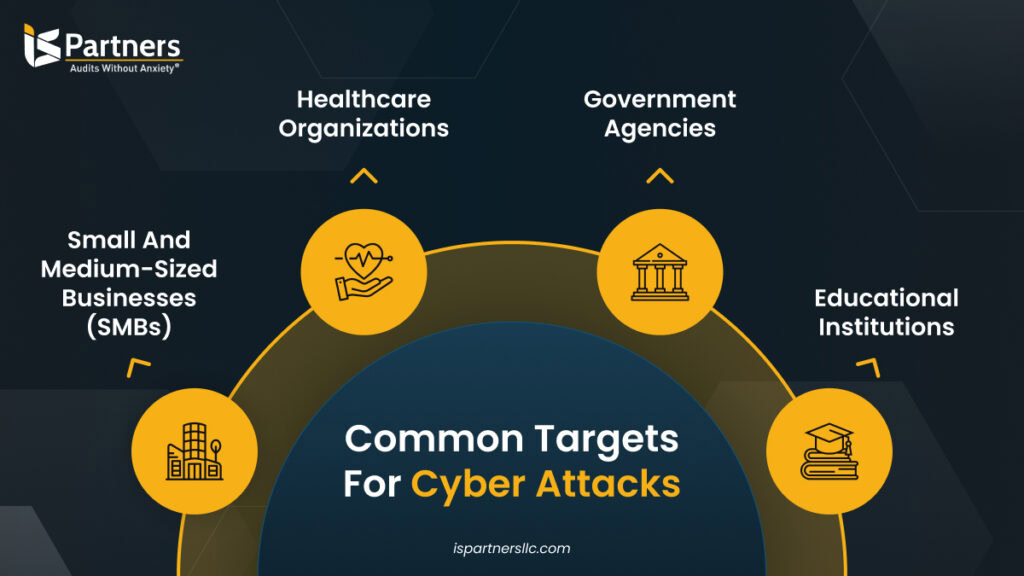In a shocking turn of events, a massive cyber attack has been launched against several global financial institutions, causing widespread disruption and raising concerns about the security of sensitive financial data. The attack, which was first detected early this morning, has already affected banks, investment firms, and payment processors across North America, Europe, and Asia.
The Attack: What Happened?
According to cybersecurity experts, the attack appears to be a coordinated effort by a sophisticated hacking group, possibly state-sponsored. The attackers exploited a previously unknown vulnerability in a widely used financial software platform, allowing them to gain unauthorized access to internal systems. Once inside, they deployed ransomware, encrypting critical data and demanding a hefty ransom in cryptocurrency for its release.
The ransomware, identified as a new variant of the notorious "LockBit" family, has been particularly aggressive. It not only encrypts data but also exfiltrates sensitive information, threatening to release it publicly if the ransom is not paid. This double-extortion tactic has put immense pressure on the affected institutions, many of which are still assessing the full extent of the damage.

The Impact: A Global Financial Crisis?
The immediate impact of the attack has been significant. Several banks have reported outages in their online banking services, leaving customers unable to access their accounts or make transactions. Stock exchanges in affected regions have also experienced delays and disruptions, leading to volatile trading conditions.
In addition to the operational disruptions, the attack has raised serious concerns about the security of customer data. Financial institutions are entrusted with highly sensitive information, including Social Security numbers, credit card details, and transaction histories. If this data is leaked, it could lead to widespread identity theft and financial fraud.
The Response: A Race Against Time
In response to the attack, cybersecurity teams from around the world have been working around the clock to contain the threat and mitigate its impact. The affected financial institutions have been advised to isolate infected systems, apply emergency patches, and restore data from backups where possible.
Governments and regulatory bodies have also stepped in, with the U.S. Department of Homeland Security (DHS) and the European Union Agency for Cybersecurity (ENISA) issuing urgent advisories. These advisories provide guidance on how to detect and respond to the ransomware, as well as recommendations for strengthening cybersecurity defenses.
Law enforcement agencies, including the FBI and Europol, are actively investigating the attack. While no group has claimed responsibility yet, initial findings suggest that the attackers may have ties to a well-known cybercriminal organization based in Eastern Europe.
What Can You Do?
For individuals, the attack serves as a stark reminder of the importance of cybersecurity. Here are some steps you can take to protect yourself:
Monitor Your Accounts: Regularly check your bank and credit card statements for any unauthorized transactions. Report any suspicious activity to your financial institution immediately.
Enable Two-Factor Authentication (2FA): Wherever possible, enable 2FA on your online accounts. This adds an extra layer of security, making it harder for attackers to gain access.
Be Cautious with Emails and Links: Phishing emails are a common tactic used by cybercriminals. Be cautious when clicking on links or downloading attachments, especially if they come from unknown sources.
Keep Your Software Updated: Ensure that your operating system, antivirus software, and other applications are up to date. Software updates often include patches for known vulnerabilities.
The Bigger Picture: A Wake-Up Call
This attack is a wake-up call for the global financial industry. Despite significant investments in cybersecurity, the sector remains a prime target for cybercriminals due to the high value of the data it holds. The incident underscores the need for continuous vigilance, proactive threat detection, and international cooperation to combat cyber threats.
As the situation continues to evolve, one thing is clear: the battle against cybercrime is far from over. Financial institutions, governments, and individuals must all play their part in safeguarding the digital economy.
Stay tuned for updates as more information becomes available. In the meantime, stay safe and secure online.
 Support Crack-Vault and help us keep providing free tools. Every donation counts!
(BTC) Address: bc1qhhva8uplmkaa3kkwxnux9t3y6l6kmhnwqzktzn
Support Crack-Vault and help us keep providing free tools. Every donation counts!
(BTC) Address: bc1qhhva8uplmkaa3kkwxnux9t3y6l6kmhnwqzktzn

 Support Crack-Vault and help us keep providing free tools. Every donation counts!
(BTC) Address: bc1qhhva8uplmkaa3kkwxnux9t3y6l6kmhnwqzktzn
Support Crack-Vault and help us keep providing free tools. Every donation counts!
(BTC) Address: bc1qhhva8uplmkaa3kkwxnux9t3y6l6kmhnwqzktzn